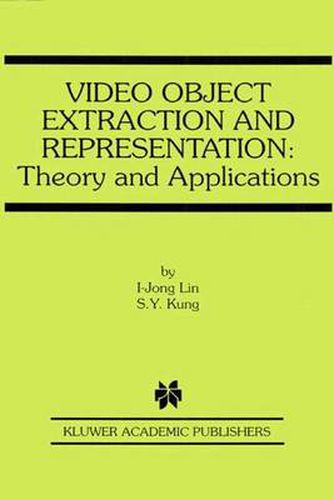Readings Newsletter
Become a Readings Member to make your shopping experience even easier.
Sign in or sign up for free!
You’re not far away from qualifying for FREE standard shipping within Australia
You’ve qualified for FREE standard shipping within Australia
The cart is loading…






This title is printed to order. This book may have been self-published. If so, we cannot guarantee the quality of the content. In the main most books will have gone through the editing process however some may not. We therefore suggest that you be aware of this before ordering this book. If in doubt check either the author or publisher’s details as we are unable to accept any returns unless they are faulty. Please contact us if you have any questions.
If you have built castles in the air, your work need not be lost; that is where they should be. Now put the foundations under them.
- Henry David Thoreau, Walden Although engineering is a study entrenched firmly in belief of pr- matism, I have always believed its impact need not be limited to pr- matism. Pragmatism is not the boundaries that define engineering, just the (sometimes unforgiving) rules by which we sight our goals. This book studies two major problems of content-based video proce- ing for a media-based technology: Video Object Plane (VOP) Extr- tion and Representation, in support of the MPEG-4 and MPEG-7 video standards, respectively. After reviewing relevant image and video p- cessing techniques, we introduce the concept of Voronoi Ordered Spaces for both VOP extraction and representation to integrate shape infor- tion into low-level optimization algorithms and to derive robust shape descriptors, respectively. We implement a video object segmentation system with a novel surface optimization scheme that integrates Voronoi Ordered Spaces with existing techniques to balance visual information against predictions of models of a priori information. With these VOPs, we have explicit forms of video objects that give users the ability to - dress and manipulate video content. We outline a general methodology of robust data representation and comparison through the concept of complex partitioning mapped onto Directed Acyclic Graphs (DAGs).
$9.00 standard shipping within Australia
FREE standard shipping within Australia for orders over $100.00
Express & International shipping calculated at checkout
This title is printed to order. This book may have been self-published. If so, we cannot guarantee the quality of the content. In the main most books will have gone through the editing process however some may not. We therefore suggest that you be aware of this before ordering this book. If in doubt check either the author or publisher’s details as we are unable to accept any returns unless they are faulty. Please contact us if you have any questions.
If you have built castles in the air, your work need not be lost; that is where they should be. Now put the foundations under them.
- Henry David Thoreau, Walden Although engineering is a study entrenched firmly in belief of pr- matism, I have always believed its impact need not be limited to pr- matism. Pragmatism is not the boundaries that define engineering, just the (sometimes unforgiving) rules by which we sight our goals. This book studies two major problems of content-based video proce- ing for a media-based technology: Video Object Plane (VOP) Extr- tion and Representation, in support of the MPEG-4 and MPEG-7 video standards, respectively. After reviewing relevant image and video p- cessing techniques, we introduce the concept of Voronoi Ordered Spaces for both VOP extraction and representation to integrate shape infor- tion into low-level optimization algorithms and to derive robust shape descriptors, respectively. We implement a video object segmentation system with a novel surface optimization scheme that integrates Voronoi Ordered Spaces with existing techniques to balance visual information against predictions of models of a priori information. With these VOPs, we have explicit forms of video objects that give users the ability to - dress and manipulate video content. We outline a general methodology of robust data representation and comparison through the concept of complex partitioning mapped onto Directed Acyclic Graphs (DAGs).